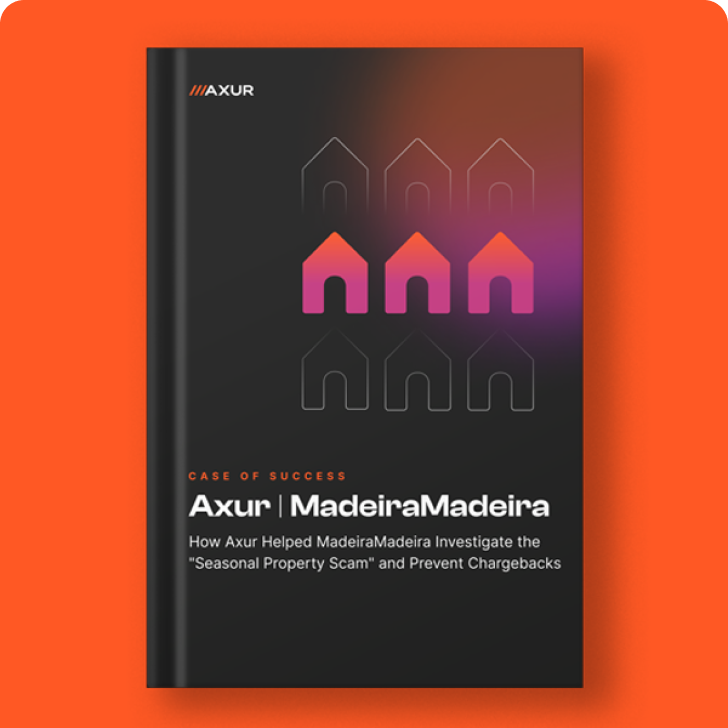June 7, 2024
Data Leakage
June 3, 2024
Understand Automated Incident Response: A Success Story
May 21, 2024
How Corporate Credentials Are Sold on the Deep & Dark Web
May 21, 2024
How to Protect Your Company from Data Exposure and Extortion
October 18, 2019
How cybercriminals donate to NGOs using stolen credit cards
May 29, 2019
How Can You Protect Your Business from Leaked Credentials?
May 27, 2019
Phishing down at the end of 2018, according to APWG report in partnership with Axur
May 8, 2019
How Scammers Are Using Google Maps to Rob Victims
June 7, 2024
Protecting Access Credentials from Leaks: Essential Solutions for Security Providers
June 3, 2024
Understand Automated Incident Response: A Success Story
May 21, 2024
How Corporate Credentials Are Sold on the Deep & Dark Web
May 21, 2024
How to Protect Your Company from Data Exposure and Extortion
October 18, 2019
How cybercriminals donate to NGOs using stolen credit cards
May 29, 2019
How Can You Protect Your Business from Leaked Credentials?
May 27, 2019
Phishing down at the end of 2018, according to APWG report in partnership with Axur
May 8, 2019
How Scammers Are Using Google Maps to Rob Victims
Stay Ahead with Axur Insights
Subscribe to receive the latest cybersecurity content directly in your inbox. Get first-hand access to new resources, updates, and exclusive materials from Axur.

















